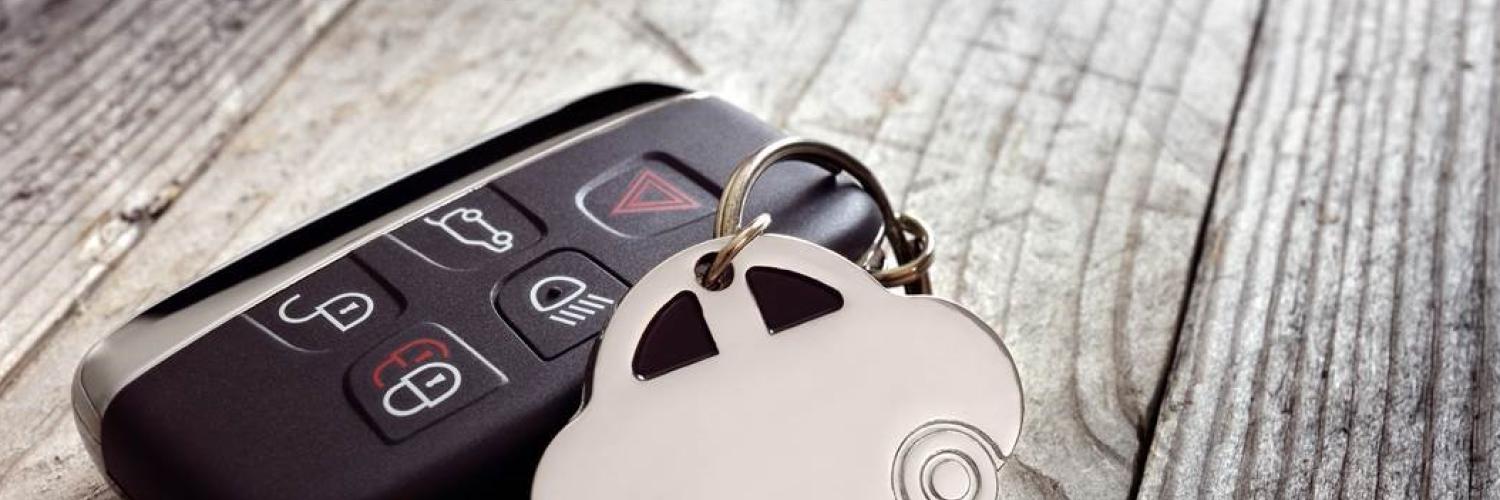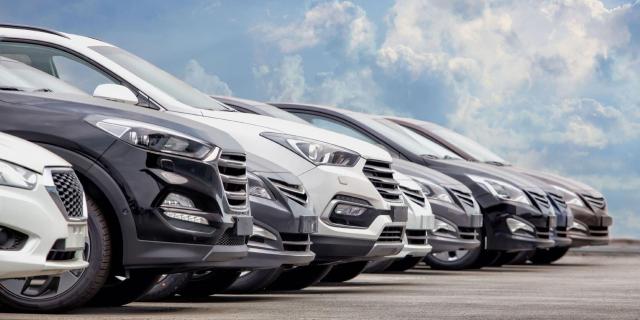Coronavirus. Vehicle batteries don't like lockdown. How can you stop them from going flat?
With the coronavirus health crisis and lockdown in place, we are all having to change our habits. These habits include our work, our human contact (business and personal) and going out, but also our travel and the use of our vehicles. This raises many questions, such as: How can you stop a battery from going flat in a vehicle that is not being used? Can you go for a drive to recharge it? How can you conserve a vehicle battery?
In short:
For combustion-powered vehicles:
- If possible, use a charge maintainer.
- Do not disconnect your battery.
- Jump leads should be used in accordance with the manufacturer's instructions (but we strongly advise against their use).
- In exceptional circumstances, in case of a low battery, start your car where and switch off all power-draining accessories.
For electric vehicles:
- Do not let the battery run completely flat.
- Keep it at between 50% and 75%.
- Set a charge limit of 60%, if possible for your model.
What does lockdown mean for car journeys?
One of the aims of the lockdown that came into force on March 18 was to limit travel among the population to journeys that are strictly necessary. What is 'strictly necessary' travel? This mainly includes business travel, trips to buy 'essentials', medical appointments and travel related to childcare or for 'essential' family reasons, to name a few.
You can travel by car for 'these reasons'. Two people can also travel in the same car; however, both occupants of the car must have an essential reason for travel and must follow protective measures to avoid spreading the virus. The passenger must therefore sit in the back of the vehicle on the opposite site to the driver to maintain social distancing.
We can therefore conclude that many vehicles are not being used or are being used only for very short distances. However, even a stationary car uses power via its electronic components and the loss of residual current. This can lead to the battery going completely flat if the car is stationary for an extended period of time.
What can you do to stop a combustion-powered vehicle running out of battery?
In theory, if you have a weakened battery, you should drive at a constant speed on the motorway for around 30 minutes to recharge it. Due to the Covid-19 pandemic, this is difficult and is not consistent with lockdown measures. In fact, the police do not consider this essential travel.
An alternative solution (far from ideal and only recommended in case of real battery concerns) is to leave your car running where it is for around 15 minutes every two or three days with an engine speed of between 1500 and 2000 revs per minute and switching off all power-draining accessories (lights, air conditioning, heating, etc.). This solution is not environmentally friendly or unobtrusive, but exceptional times call for exceptional measures.
The ideal solution is to use a charger with charge retention. It's great if you're lucky enough to be someone who thinks ahead and have one already. If not, you can get one online for a around 20 euros, and they are perfect for average to long periods of inactivity. They make your battery last longer and give it a good charge status. In order for them to work, however, you need to be able to leave them plugged into a socket near the vehicle, which may be tricky if you do not have a garage or a private parking space at home.
Finally, to conserve your battery as much as possible, store your vehicle in a dry and protected place such as a garage (where possible, obviously), avoid short journeys (which use more power without recharging the battery) and when starting up the vehicle after it has been stationary for a long time, switch off the most energy-intensive accessories and make several short attempts to start it up rather than one long attempt.
Is it better to disconnect the battery completely?
The 'old' method involves physically disconnecting the battery to conserve it during prolonged inactivity. However, we strongly advise against this method. When you disconnect the battery, some vehicles can react by resetting all settings to default, and you risk not being able to start them up again. That means a trip to the dealer and all that entails.
Is it best to start up the vehicle yourself with jump leads?
Jump leads should be used in accordance with the manufacturer's instructions, but we strongly advise against their use. In fact, using jump leads incorrectly can have unfortunate consequences, such as 'burning out' the engine control unit (your vehicle's electronic brain). If you can't start your car, the best thing to do is contact your roadside assistance provider.
Do all these tips also apply to electric vehicles and their batteries?
They're quite different; for electric vehicles, nothing is better than driving them a bit every day. This not only makes the most of the high-voltage battery, but also the house battery (12V) which, in case of long periods of inactivity, can cause problems. So, if your vehicle will not be used for several days or even several weeks, you should take some precautions.
It's important to keep an eye on your electric vehicle's charge status. Ideally, the charge should not fall below 50% and we strongly advise against letting it go below 20%. You should avoid letting it go completely flat.
We also do not recommend maintaining 100% in case of inactivity. If the vehicle is already at 100% and you have not been able to drive it a bit (mandatory lockdown), you can switch on the most energy-intensive accessories such as the heating and the air conditioning, making sure to leave the windows open.
Electric vehicles should ideally be maintained at between 50% and 75% to keep the lithium-ion (high voltage) batteries in good condition and thus avoid any battery problems, unless, of course, your journey requires full charge.
It should be noted that some vehicles have an option to set a charge limit (in this case, 60% is recommended in case of inactivity) – often in an application provided by the manufacturer – so they can stay plugged in and stop charging automatically. However, others must be unplugged and monitored manually once a week. As always in these cases, you should consult the vehicle user manual or the manufacturer's website. In short, the biggest problem is the 12V accessory battery, which can go flat after a few weeks. This means it is a good idea to give it a bit of activity by recharging it for 20 to 30 minutes every now and then or running the vehicle from time to time as part of your essential travel.
We hope these tips will help you.
In case of malfunction, breakdown or if you have any questions, our various departments (Arval Driver Care & Arval Assistance) are here to help and provide the answers you need during and after lockdown. Don't take any risks and contact them!
Arval Driver Care
You can reach Arval Driver Care on weekdays from 8am to 5.30pm (5pm on Fridays) by phone on 02 240 01 88, by email at drivercare.be@arval.be and via My Arval (Mobile).
Arval Assistance (or your roadside assistance provider)
Arval Assistance is ready to help you 24 hours a day, both in Belgium and abroad, on the following phone number: 02 245 73 72




